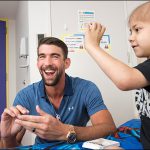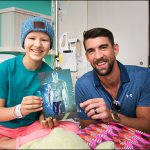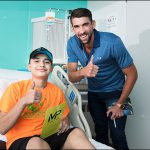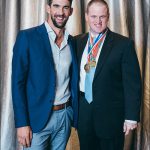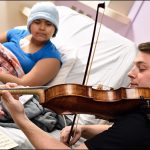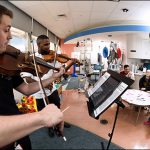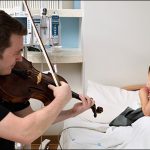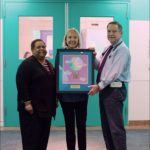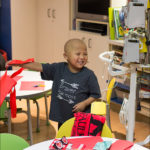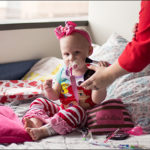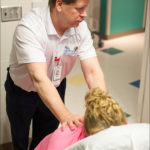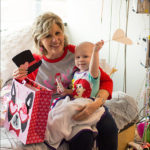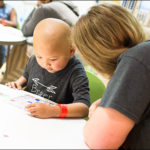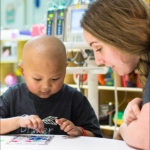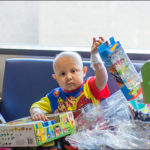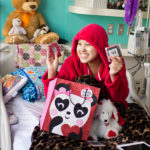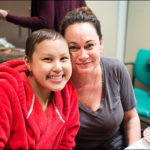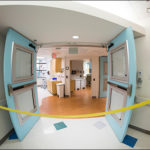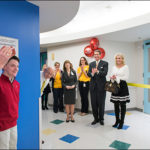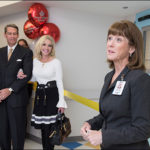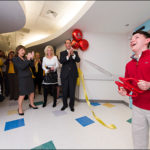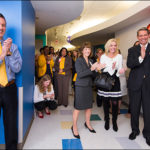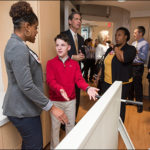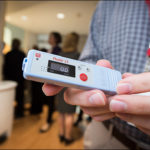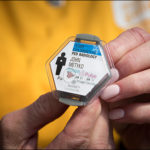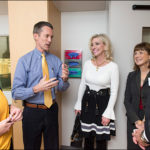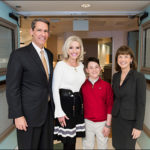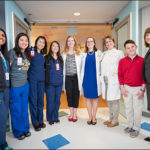February 28, 2017
 Twenty years ago, a young girl named Gracie was treated for leukemia at Texas Children’s Hospital. Despite the difficult circumstances her own family was facing, support from extended family and friends empowered Gracie’s parents to have the eyes to see beyond their own situation. Within the walls of Texas Children’s Hospital and the compassionate, creative mind of Erin Kiltz, Gracie’s mother, the idea for a foundation that would bring comfort to people going through similar situations was born.
Twenty years ago, a young girl named Gracie was treated for leukemia at Texas Children’s Hospital. Despite the difficult circumstances her own family was facing, support from extended family and friends empowered Gracie’s parents to have the eyes to see beyond their own situation. Within the walls of Texas Children’s Hospital and the compassionate, creative mind of Erin Kiltz, Gracie’s mother, the idea for a foundation that would bring comfort to people going through similar situations was born.
His Grace Foundation began its work on Valentine’s Day in 1997 by serving a gourmet, family style meal to the caregivers on the Bone Marrow Transplant Unit. This “touch of home” type of service was inspired by the support the Kiltz family received during Gracie’s time at Texas Children’s Hospital, and the realization that their strong support system was not the norm.
Today, His Grace Foundation focuses its efforts on providing physical, emotional and financial support to patients and families on the Bone Marrow Transplant Unit, ensuring a legacy of hope and care for patients and caregivers alike.
“His Grace Foundation exists to help ease the multitude of stressors faced by families with children on the Bone Marrow Transplant Unit of Texas Children’s Hospital,” said His Grace Foundation Executive Director Val Anderson. “We want families to be able to focus on supporting their child during the crucial treatment and recovery period.”
Some of the services offered by the foundation include: emergency funding, educational support and scholarships, arts in medicine programming, massage therapy, holiday and birthday celebrations, and temporary housing while families are required to maintain close proximity to the hospital. Additional services include a personalized gift basket that is given to patients when they arrive on the unit, necessities for family members, free parking for patient families, several monthly catered meals and weekly shopping runs.
Richard Daphne, whose daughter spent about 14 months on the Bone Marrow Transplant Unit, said His Grace Foundation is “wonderful in so many ways.”
In addition to providing him and his wife with housing during a bulk of the time the couple was in Houston for their daughter’s care, His Grace Foundation staff and volunteers made numerous shopping runs, purchasing necessities and items their daughter simply wanted such as fuzzy socks and soft blankets. Staff and volunteers also supplied the family with plenty of smiles and hugs.
“They brought a bright spot into what was a pretty dark time,” Daphne said. “You can tell they really love what they do.”
Child Life Specialist Regina Burdett has worked on the Bone Marrow Transplant Unit for the past four years and has developed a deep appreciation for the services His Grace Foundation offers patients and families.
“The things they do go a long way,” Burdett said. “They provide things families don’t realize they need, including a fresh, friendly face and some social interaction from someone off the unit that they don’t encounter every day.”
Staff and volunteers with His Grace Foundation celebrated their 20th anniversary by doing what they do best – serving the families on the Bone Marrow Transplant Unit. Throughout the day, staff and volunteers served meals, distributed goodie bags, provided massages and spread good cheer to some of those at the hospital who need it the most.
To learn more about His Grace Foundation or offer support click here. To learn more about Texas Children’s Bone Marrow Transplant program click here.
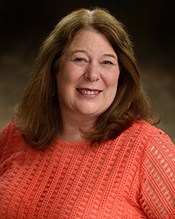 The Clinical Research Center/Research Resources Office presented the Clinical Research Award for Second Quarter 2017 to Kathy McCarthy, research nurse, Texas Children’s Cancer and Hematology Centers.
The Clinical Research Center/Research Resources Office presented the Clinical Research Award for Second Quarter 2017 to Kathy McCarthy, research nurse, Texas Children’s Cancer and Hematology Centers.

